How to drive
donations with
digital storytelling
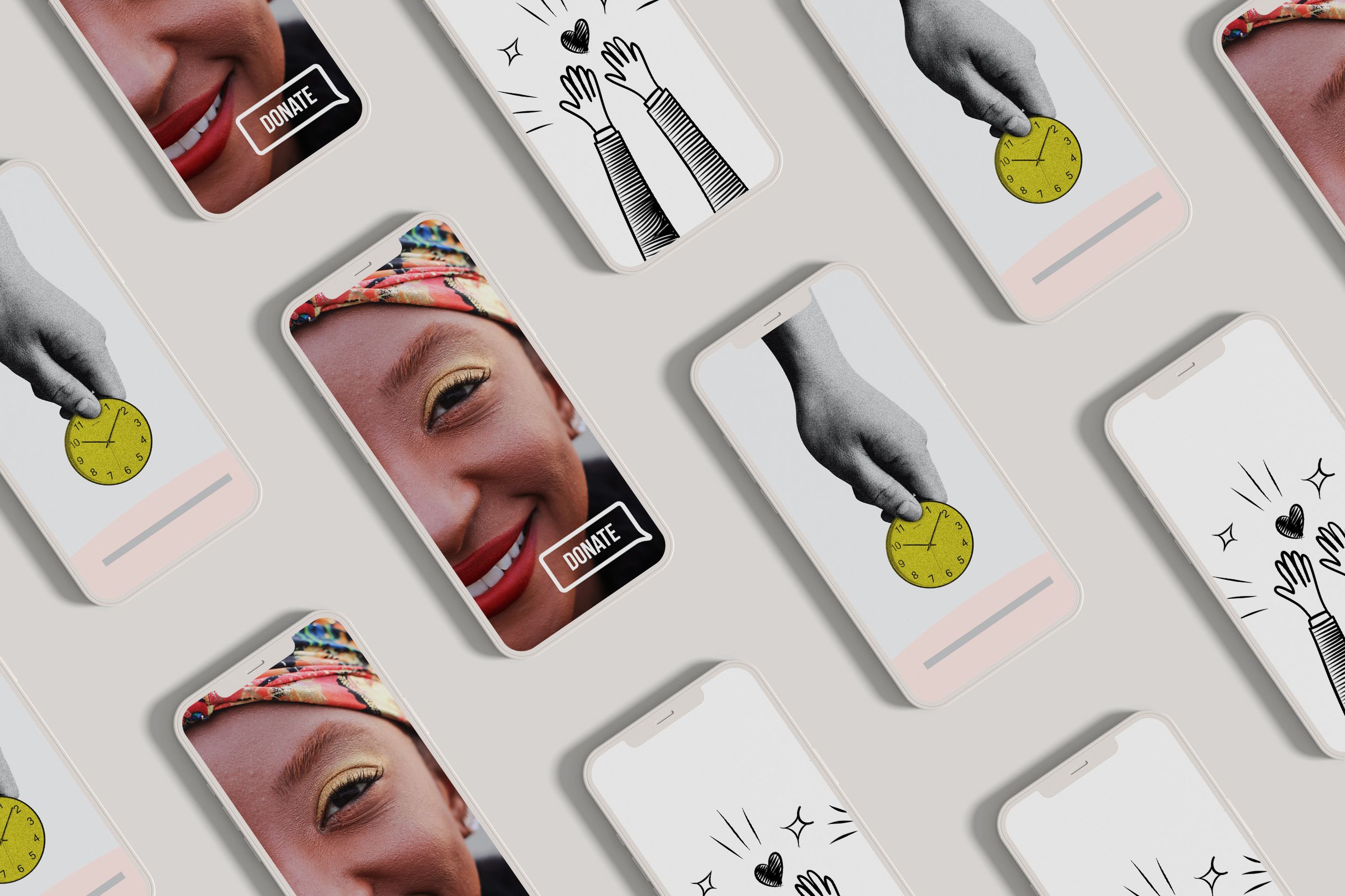
Does your organisation rely on external donations to keep doing good work?
by Gilbert Ostini
Maybe you’re a nonprofit organisation: a charity, church, public school, healthcare provider, volunteer organisation, or club. Or, maybe you work in a tertiary institution and need to market to prospective donors through online fundraising campaigns. In a rapidly changing digital media climate, news media also often have to ask their readers and viewers to fork out cash for their much-needed service.
Previously on The Craft, we’ve talked content strategy, digital marketing, and content marketing for nonprofits. In this article, we want to look at the general principles behind donation requests, and how digital content can facilitate the donation process, drawing examples from the nonprofit, tertiary, and news media sectors.
We'll cover:
Decide who you are targeting and set a goal
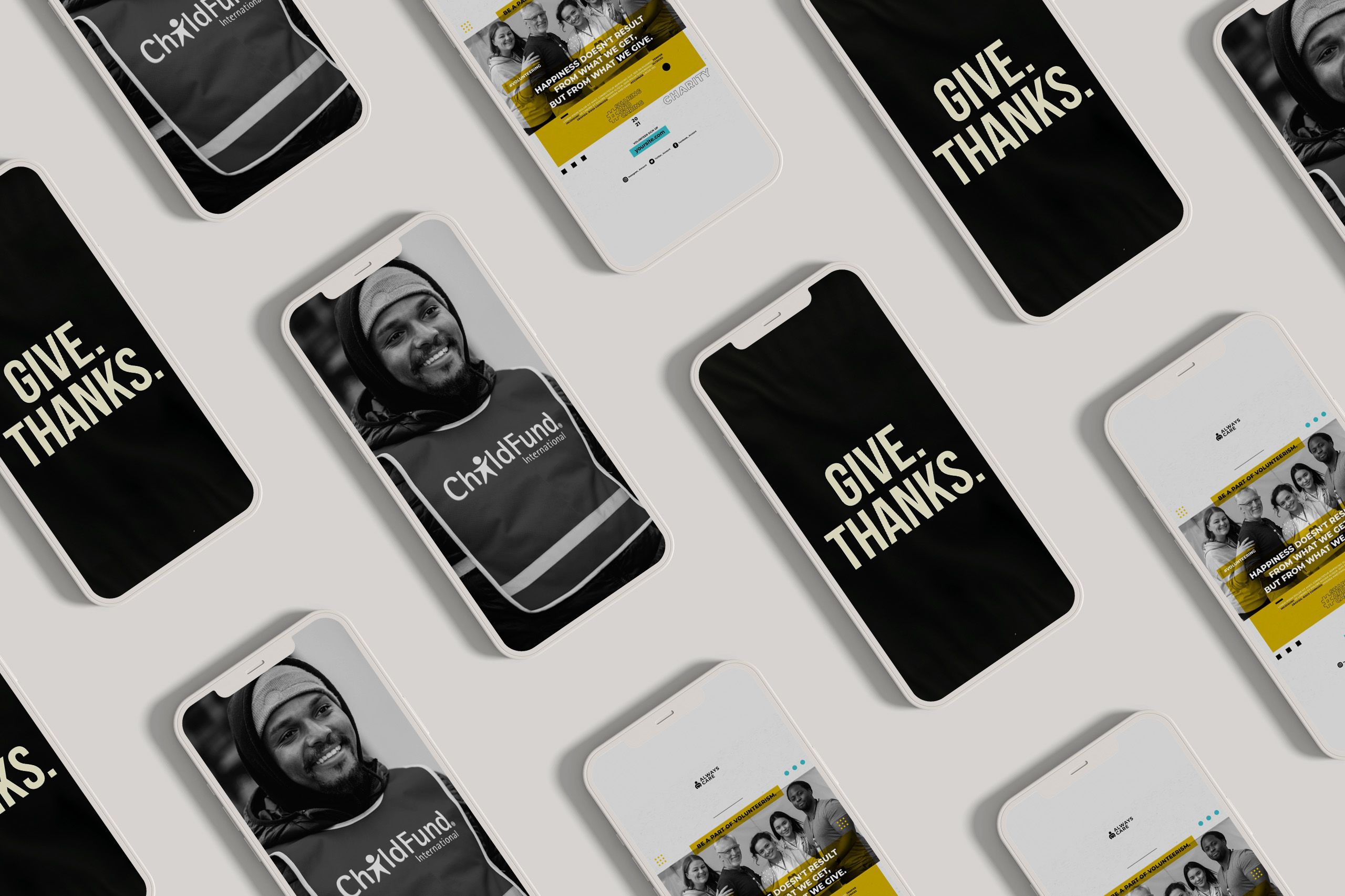
Firstly, it’s critical to have a well-structured fundraising strategy. Who are you asking for donations from? If it’s individuals, your approach will be different from if you were approaching businesses, foundations, family members, or your current donor base.
What’s your strategy for getting to the ‘ask’? We’ve outlined a few methods below, but spend some time thinking about this and what the way you ask for donations says about your organisation’s mission.
Have you considered innovative fundraising methods like setting up a crowdfunding campaign, or using fundraising software to track your follow ups, social media activity, targets, and methods? On that, make sure to set a fundraising goal so that you know what you’re working towards!
Put your donate buttons where people will see and click
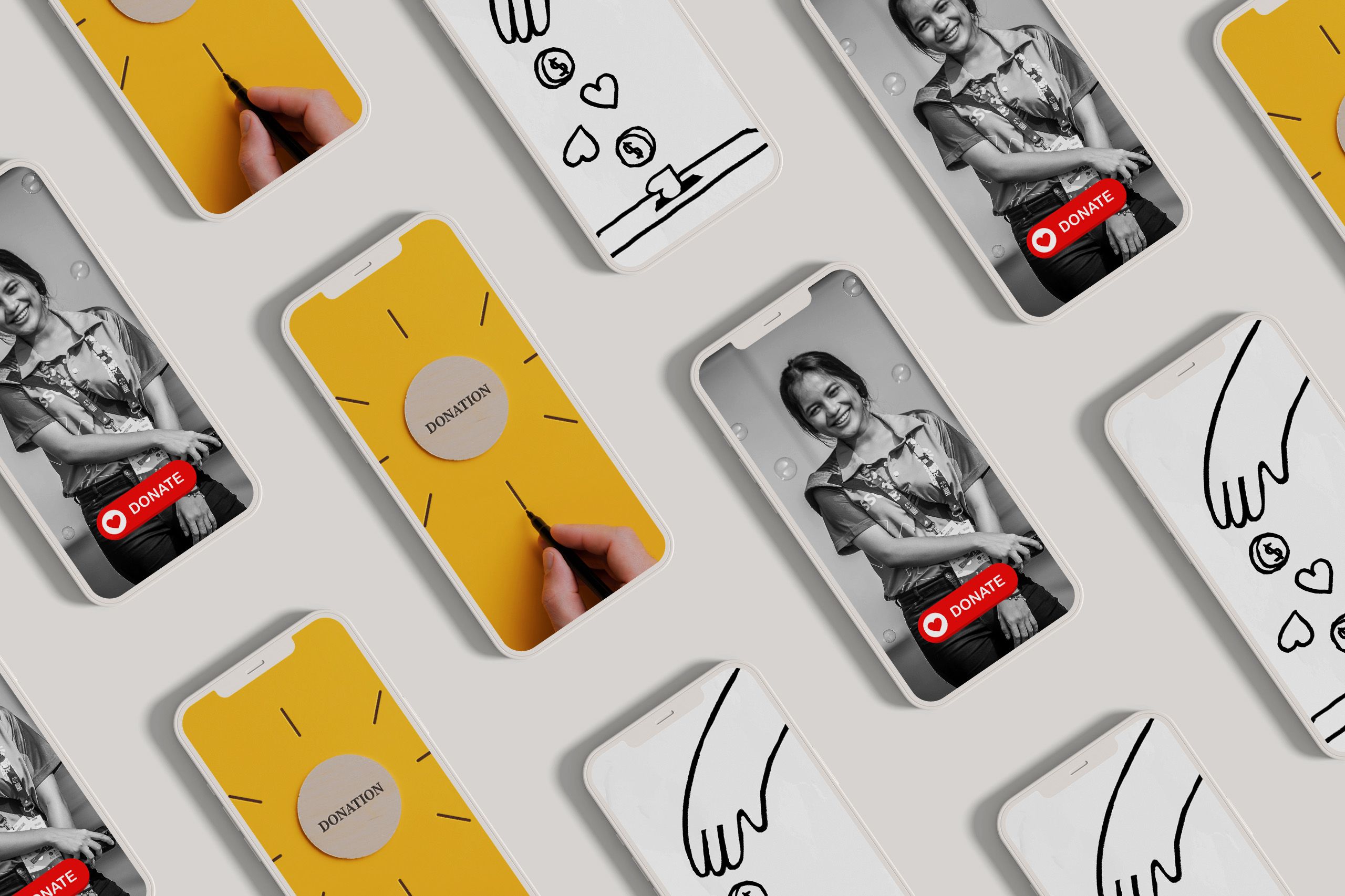
It’s important to make your ‘donate’ button easy, obvious, and clickable across all kinds of devices. Top of the story? Donate button. Bottom of the story? Donate button. 404 error? Donate button (I’m not even being facetious, this is what Médecins Sans Frontières does).
If you think this strategy complements your goals, now is not the time to be shy. While you should obviously think about the flow and design of your content, and you donation form, people won’t donate if it’s not obvious and easy to do so. Make those buttons big and red. Put them everywhere.
Not just money
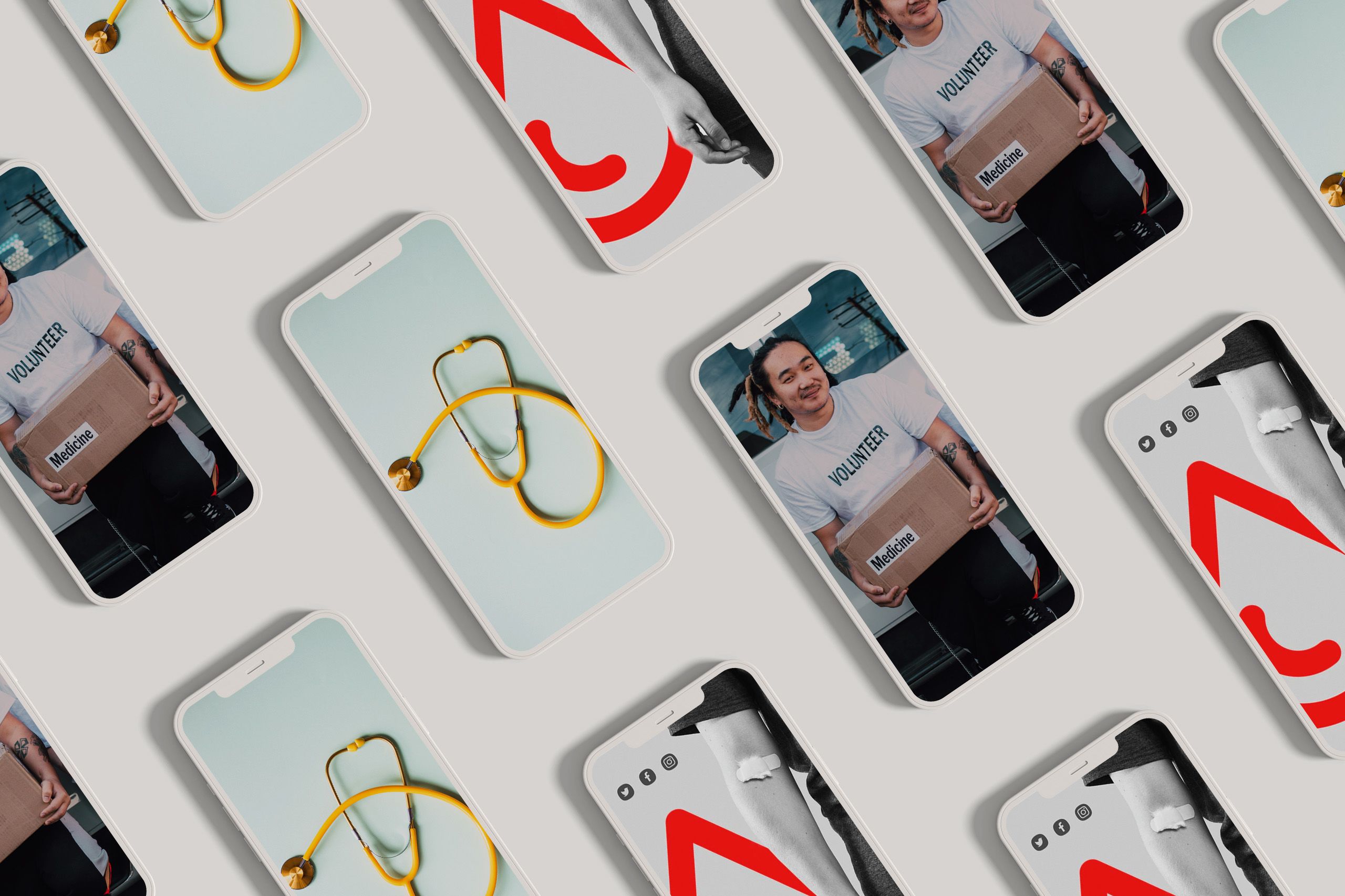
Many organisations that seek online donations could use extra help outside of just monetary donations. Volunteering, signing petitions, writing fundraising letters, donating goods, running fundraising events, or providing work opportunities for vulnerable persons are just some of the ways people can support your work without directly parting with their dollars.
A great way to deepen engagement is to highlight the different ways that donations will be used. People come into these spaces with all sorts of experiences and values, so providing a variety of examples of how their donations will be used can help hit the right emotional note. Plus, it shows that you’re not just treating people like walking wallets; you’re understanding them as complex individuals with a whole range of reasons to donate.
5 immersive content examples that drive donations
Immersive content offers a plethora of fundraising ideas. By making something beautiful and drawing your audience in with immersive content techniques, you can show potential and first-time donors how important donations are to your work and continued operation instead of telling.
Immersive content platforms like Shorthand offer a simple, cost-effective way of getting data, such as open rates, to help you track your story’s impact and report on your work. Donor and annual reports can also become important pieces of storytelling in their own right, summarising and synthesising the impact of your work in compelling and beautiful ways, that may include a call to action for new donors, a summary of donation amounts, or an exclusive invitation for existing major donors.
Now, let's take a look at some examples of organisations doing a great job of asking for donations.
Sightsavers
Take Once Upon A Time In Malawi, a story from nonprofit Sightsavers. This story uses the best practices of immersive multimedia content, including interactive maps, gorgeous photographs, embedded videos, and individual profiles of people whose lives have been positively affected by Sightsavers’ work.
Following the link back to the main website brings you to a donate button and further details on how a gift could support a range of provisions.
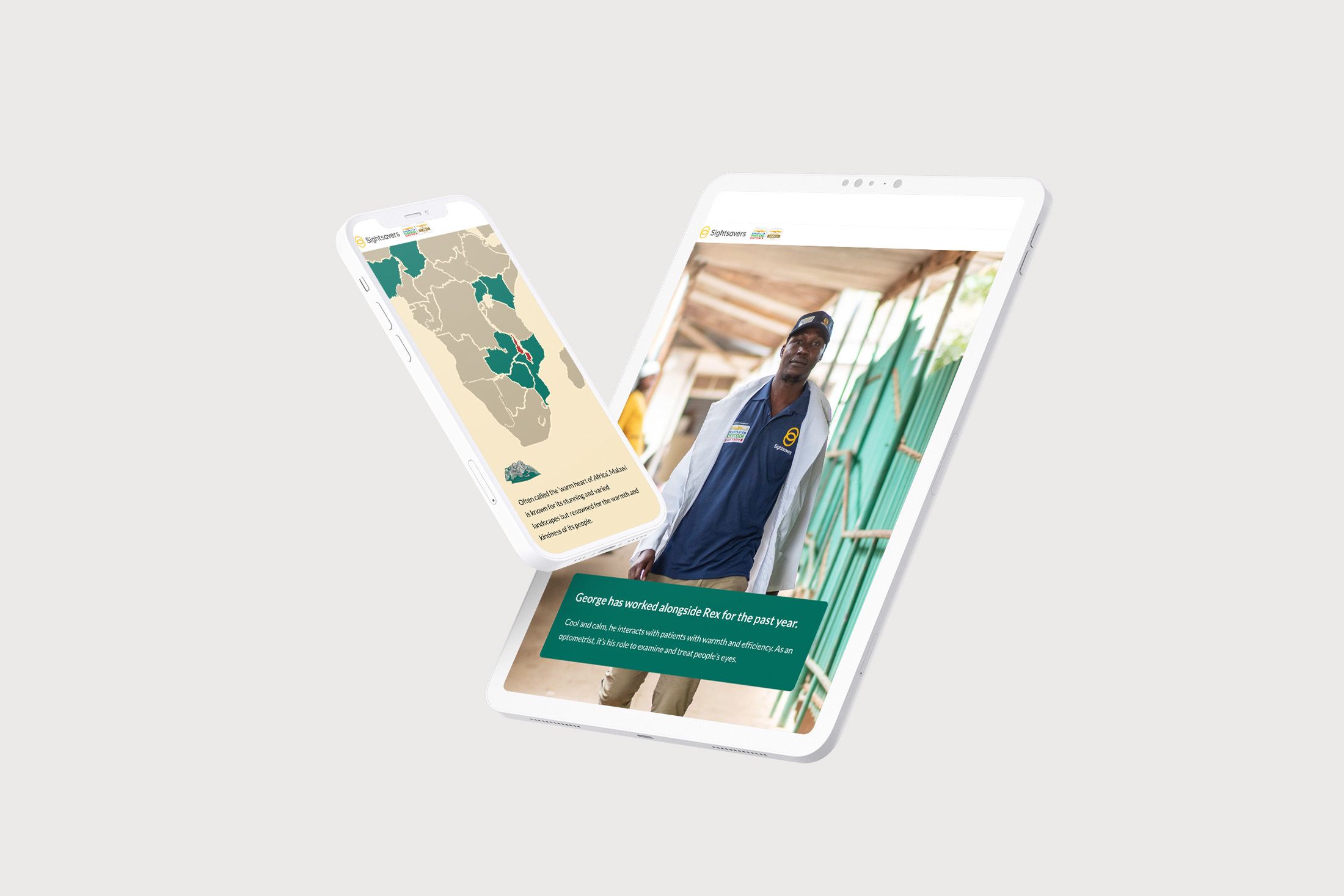

WaterAid
Showing people where their money is going, why it matters, and why your organisation is equipped to fix the problem is a great way to drive donations with immersive content.
This story from WaterAid is a stand-out example of nonprofit fundraising: it’s a case study of water, sanitation, and hygiene practices within India and Bangladesh’s leather industries.
Using compelling photos, personal stories, and scrollytelling features, it immerses the reader in a specific world and provides detail and a sense of urgency about WaterAid’s work — and it also looks great on a mobile device. With a donate button and infographics on ROIs and previous successes, it’s a great example of telling compelling stories as part of a wider fundraising strategy.
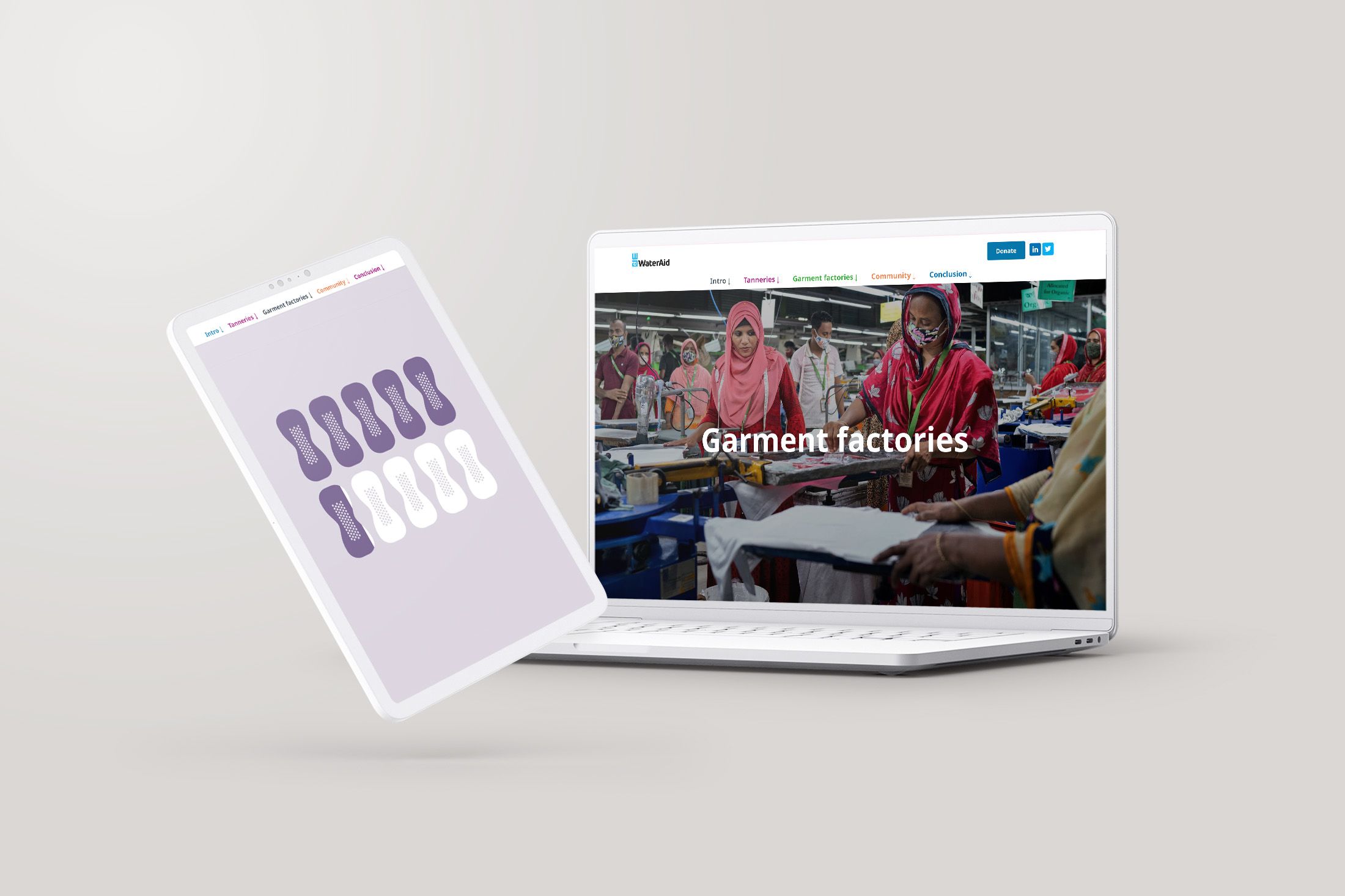
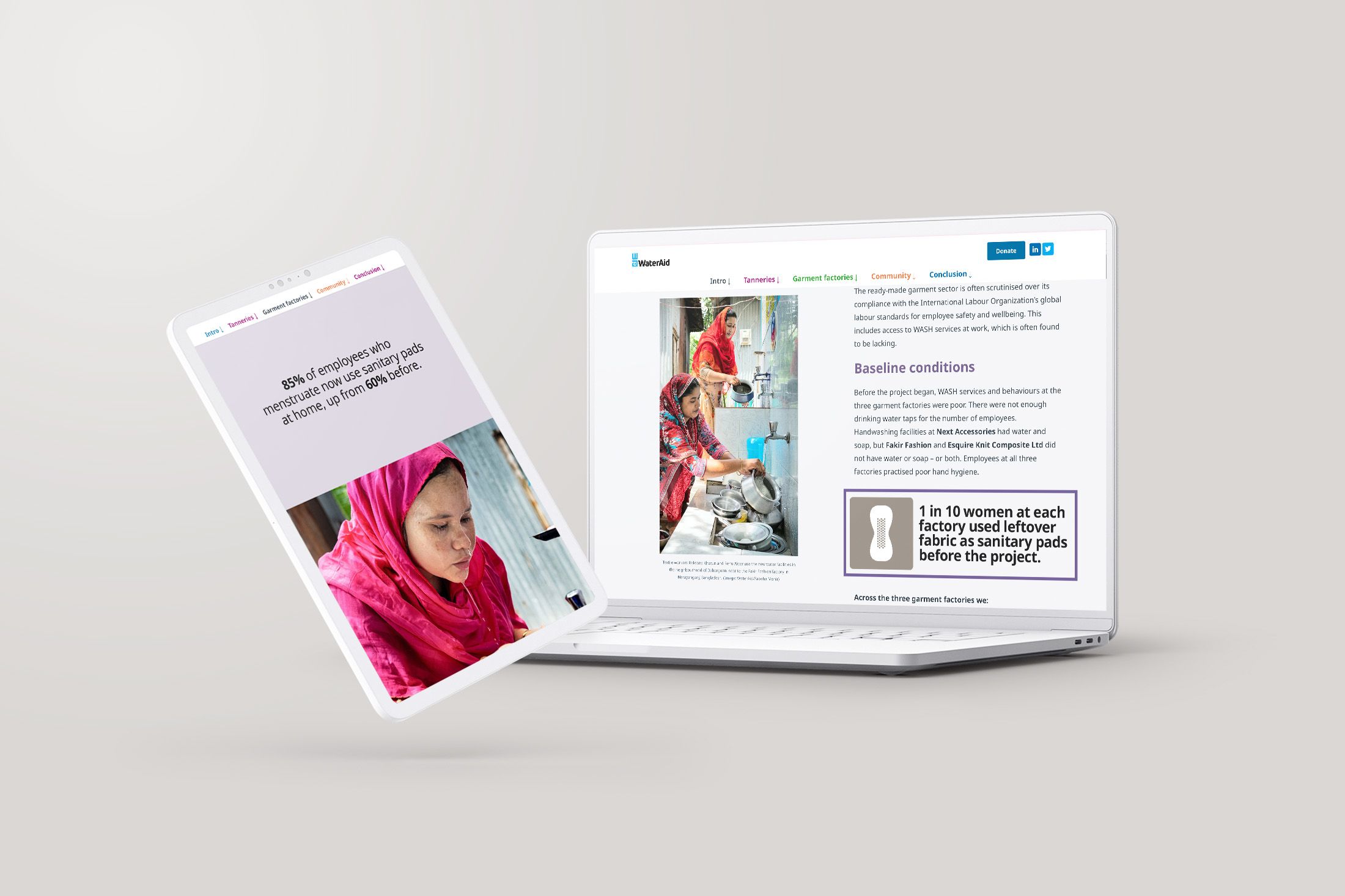
Morehouse College
Because of their rich network of alumni and complex funding structures, the tertiary sector is another one that often needs to ask for donations. Making Men of Consequence: The Campaign for Morehouse College is a striking example of using immersive content to support a donation process and make solicitations.
Full of rich photographs, compelling personal stories, video embeds, and gorgeous uses of scrollytelling, the story weaves a powerful organisational narrative, arguing fiercely for the value of their institution. Finally, they identify how the reader can be part of the journey, linking to their giving pages.
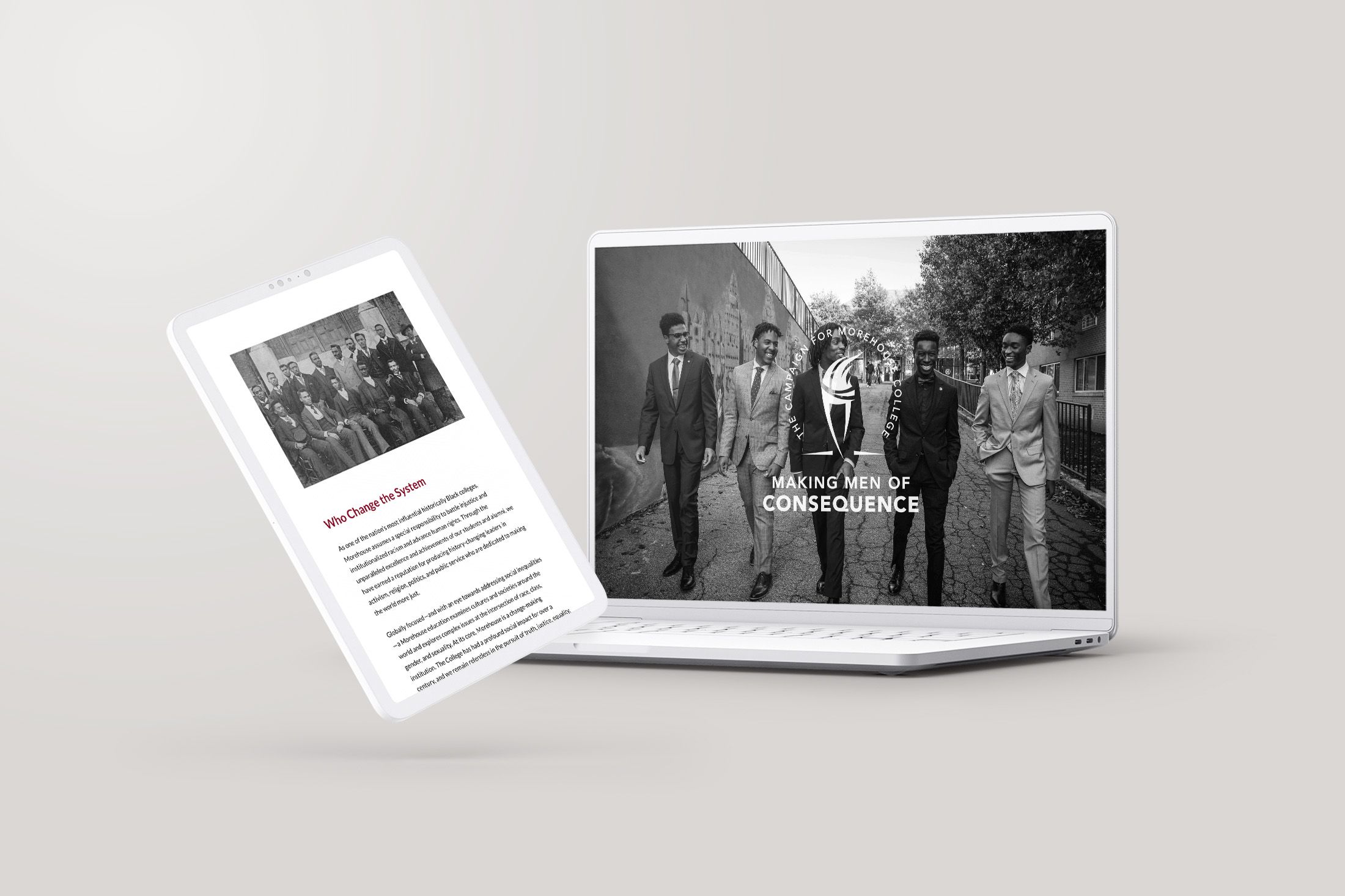
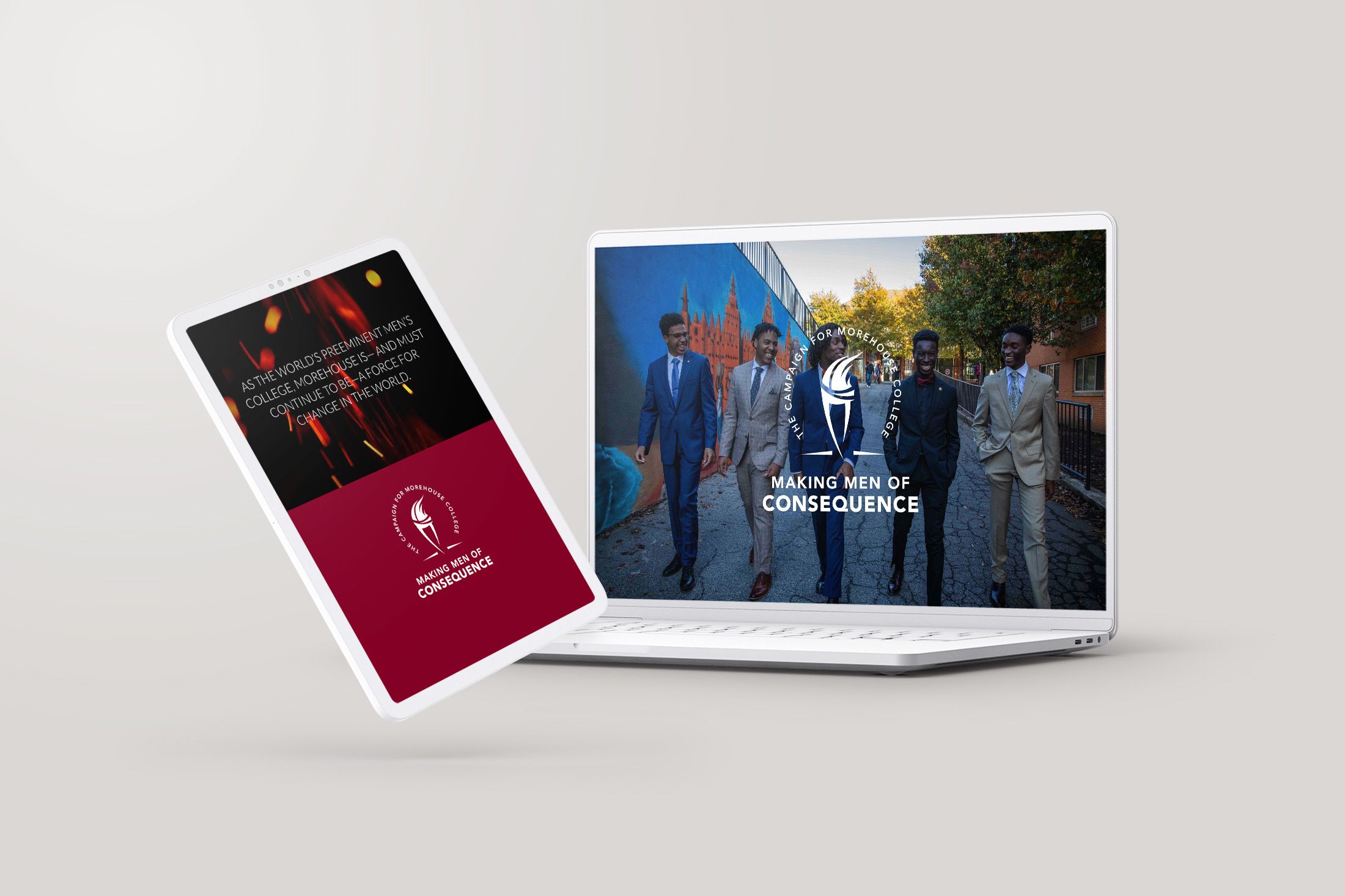
Habitat for Humanity
From Habitat for Humanity, this annual report combines the need to give an account of their year’s work with beautiful digital storytelling techniques, that translate cleverly into compelling social media posts.
Particularly moving are the children’s drawings, adding a sense of whimsy and personality to the more impersonal, high-level reportage. It also features embedded video, photographs, personal stories, interactive maps, and design elements like changing scroll direction.
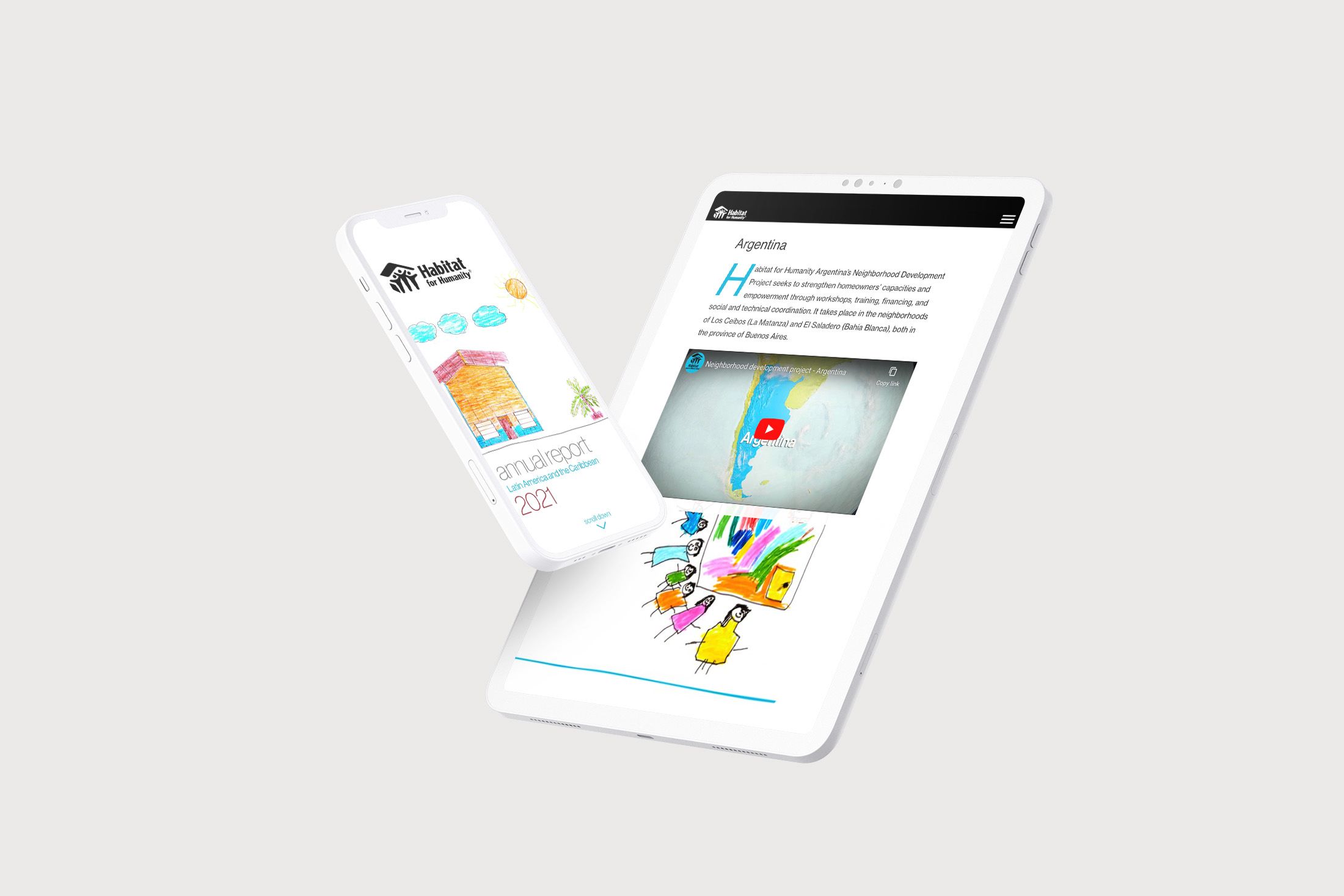
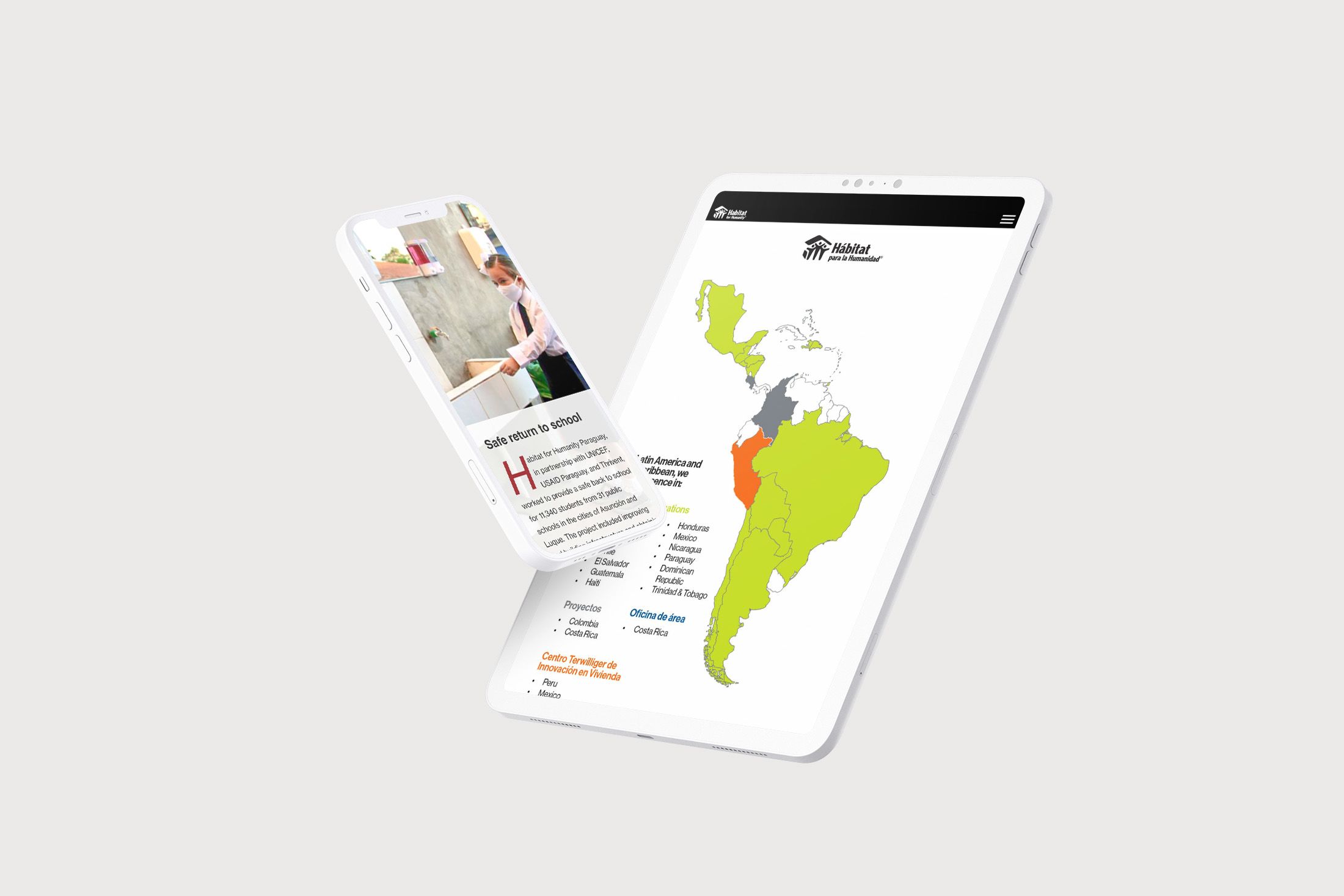
Stuff
Finally, if you read the news online, you’ve definitely seen some variation on ‘in this weird media climate, we really need your independent financial support.’
From Aotearoa news company Stuff, Tame Iti: 50 years of newsmaking is one of many of their examples of deep digital storytelling. Full-bleed photographs, scrolling reveals, and embedded videos and newspaper clippings immerse readers in the story of legendary Tūhoe artist and activist Tame Iti, and his interactions with news media throughout his time in the public eye.
At the top and bottom of the story is a discrete ‘ask’ that takes potential individual donors to a donation page. It draws on the principle of ‘if you don’t ask, nobody will donate’, but ensures that their request for financial support doesn’t overshadow the important story they’re telling. Instead, Stuff leans on the quality of their reporting, trusting that their beautiful digital storytelling will convince readers of the value of their work.
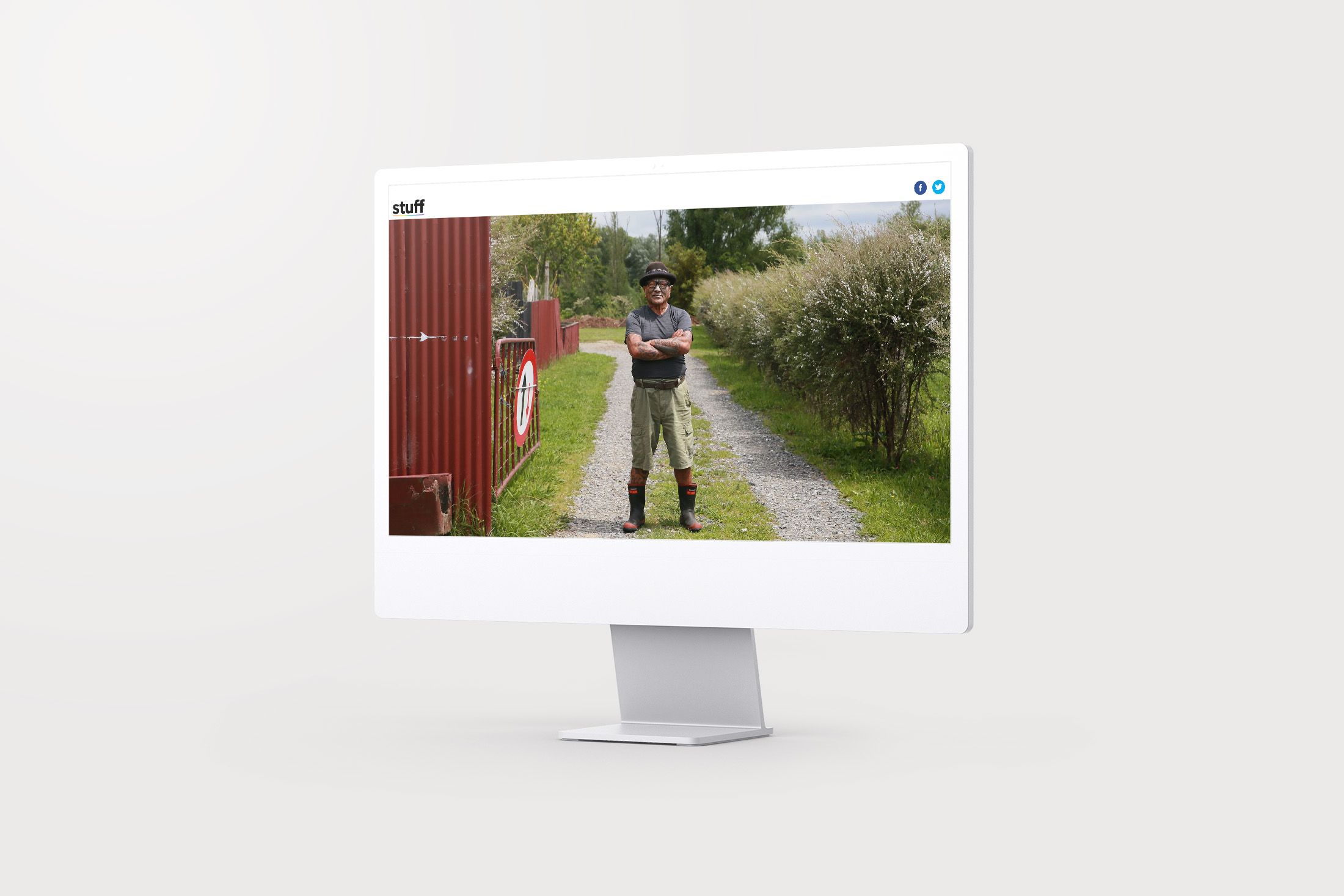
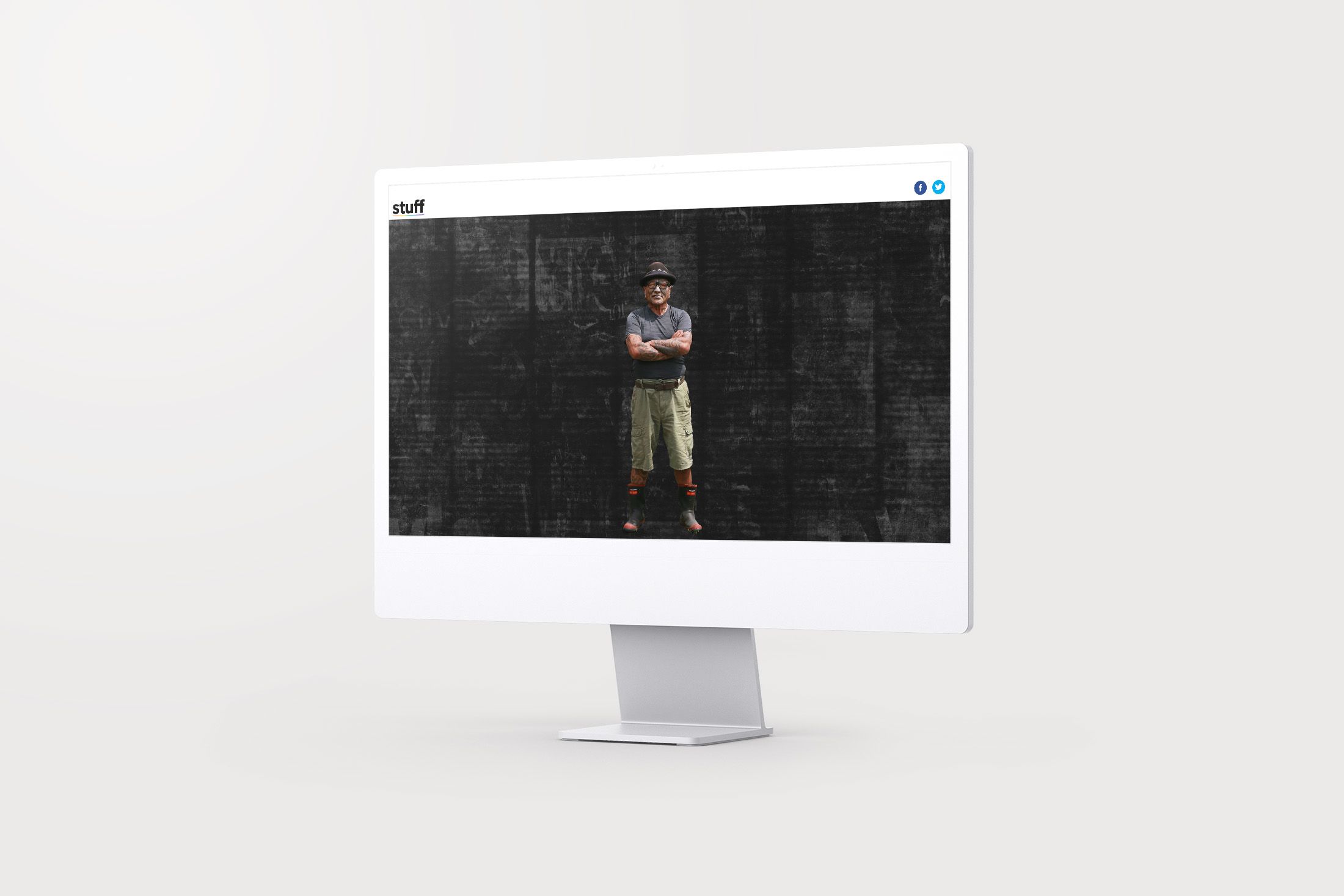

Asking for donations is hard work!
Thankfully, the rise of immersive content platforms like Shorthand has meant that there are more ways than ever to move the hearts and minds of your audiences.
Ready to join the leading nonprofits, universities, and publishers creating engaging fundraising campaigns with Shorthand?







